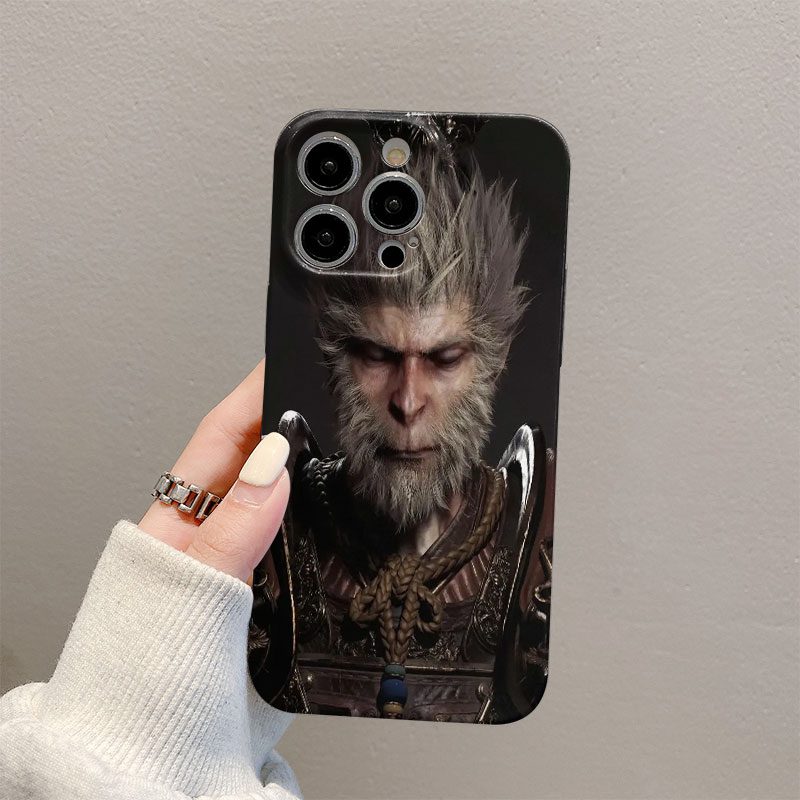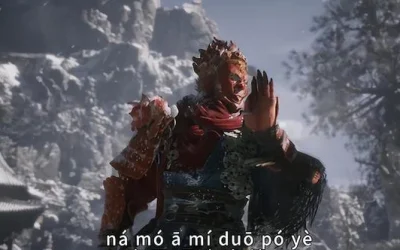Buddhist and Taoist Elements in Black Myth: Wukong
Wukong: A Cultural Masterpiece Beyond Entertainment
Black Myth: Wukong debuted with stunning visuals and thrilling combat. It captivates players with its profound cultural depth. This game isn't just entertainment; it's an artistic masterpiece that reimagines classic characters like Sun Wukong from the Chinese novel Journey to the West using modern gaming technology.
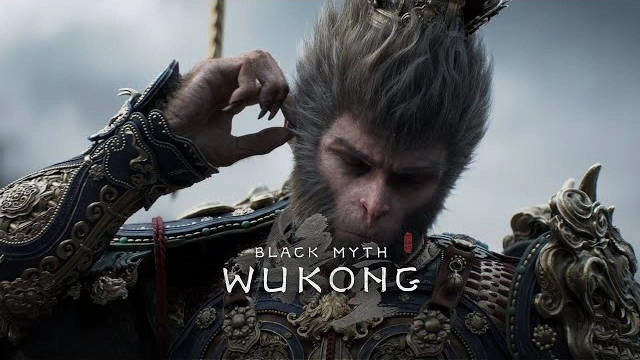
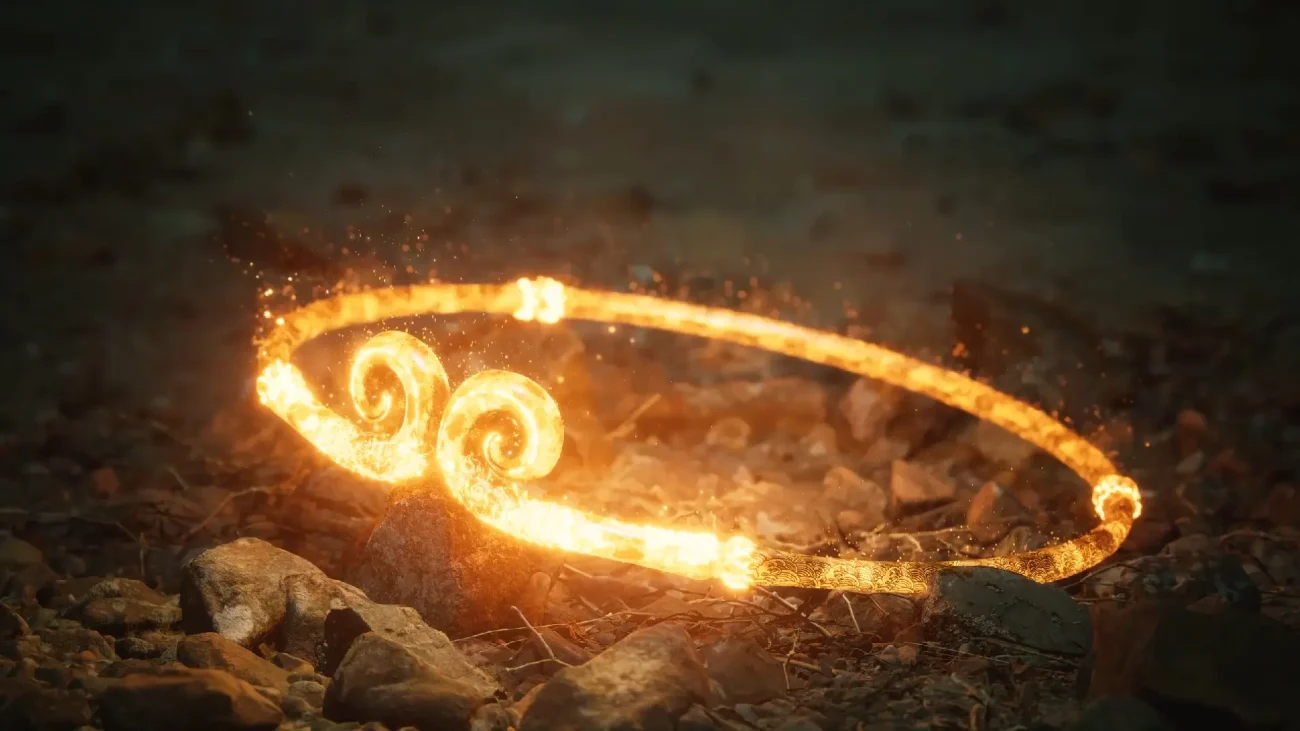
Incorporating Chinese Landmarks and Religious Artifacts
The game incorporates authentic Chinese architectural styles and religious artifacts. It draws inspiration from various Chinese landmarks. The game features influences from Dazu Rock Carvings and Youguo Temple carvings. It also includes elements from Chongsheng Temple's Three Pagodas. The game includes elements from Yuan dynasty sculptures at Yuhuang Temple. It also features colorful statues from Shuanglin Temple in Shanxi.
Exploring Taoist and Buddhist Holy Sites
These Chinese ancient structures exude a unique charm, leaving even foreigners in awe. Many of the game’s scenes are set in "Taoist and Buddhist holy sites." For example, players first enter the Black Wind Mountain Stone Pagoda as the "Destined One". This scene corresponds to Quanzhou's Kaiyuan Temple Twin Pagodas.
Leave A Review For A Extra Coupon
The Twin Pagodas of Kaiyuan Temple
Zhen Guo (East Pagoda) and Ren Shou (West Pagoda) stand about 200 meters apart. The Tang dynasty built the East Pagoda in 865. Reconstructed in 1250, it now stands 48.24 meters tall. Its base features over 30 carvings of stories from the life of Shakyamuni.
The Evolution of Buddhist Architecture
The Later Liang dynasty built the West Pagoda in 916. Workers rebuilt it as a stone pagoda during the Jiaxi period. It stands 44.06 meters tall, with many Buddhist figures carved near its door and base. The changes in these pagodas' structures reflect Buddhism's adaptation as it spread from the Western Regions to the Central Plains of China. These towers have stood for over a thousand years, continuously receiving incense offerings throughout history.
Buddhist and Taoist Elements
The Mythical Kang Jinlong
Another widely discussed element is the "Kang Jinlong" (Golden Dragon), based on a Yuan dynasty sculpture in the Hall of the Twenty-Eight Mansions at Yuhuang Temple in Fucheng Village, Shanxi. It's one of the Twenty-Eight Mansions in Chinese mythology, a key part of Taoist belief, representing the second mansion of the East.
Mi Daoren and Ma Xiangong: Influences from Taoist Deities
The residence of the boss "Mi Daoren" on Purple Cloud Mountain also left a lasting impression, inspired by Ma Xiangong at Shisi Temple in Lishui, Zhejiang. Ma Xiangong, also known as Ma Daxian, Ma Xiaoxian, Ma Xian Nai, and Ma Furen, was a revered goddess active in the folk traditions of Fujian and Zhejiang.
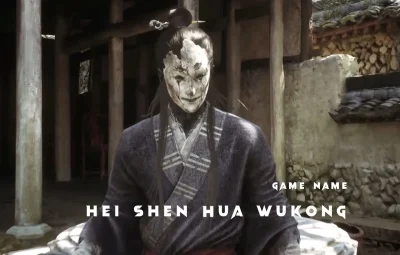
Narration and the Rebirth Mantra
Black Myth combines elements of traditional Chinese Buddhist and Taoist cultures not only in its settings but also in its narration. For instance, the game’s narration features a monk reciting the "Rebirth Mantra" in a "cyberpunk" style, which has captivated many gamers.
The Power of the Rebirth Mantra
This isn’t just a gimmick; it’s a unique way of presenting the "Rebirth Mantra," also known as the "Fundamental Dharani of Removing All Obstructions and Achieving Rebirth in the Pure Land," one of the "Ten Small Mantras" in Chinese Buddhism. Though only 57 characters long, Buddhists believe it transcends time and connects the past, present, and future.
Encounter with the Future Buddha
Another memorable moment in the game occurs when the player, as the "Destined One," encounters a temple with a statue of a fierce, long-bearded figure claiming to be the "Future Buddha." He says, "Having seen the future, why not bow?"
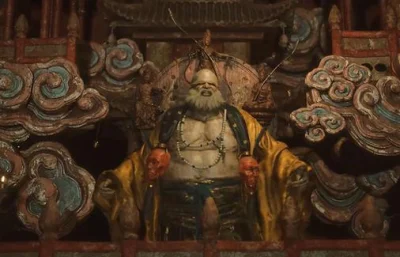
The Concept of the Three Buddhas
This line led many gamers to suspect that the "Future Buddha" might be a disguised demon. After all, how could a true Buddha utter such words? However, according to game details and Buddhist culture, this "Future Buddha" might hold significant importance. In Buddhism, there is the concept of the "Three Buddhas of the Past, Present, and Future," representing Dipankara, Shakyamuni, and Maitreya.
Taoist Cultural Elements: The Three Stars and the Yuhuang Temple
Of course, the game isn’t solely about Buddhist culture. Some scenes feature three deities standing on clouds, representing the "Three Stars" of Fu, Lu, and Shou, connecting to Taoist culture. These details are abundant throughout the game.
Sculptural Masterpieces: The Twenty-Eight Celestial Figures
Additionally, the Yuhuang Temple in Fucheng, Shanxi, where Kang Jinlong resides, houses over 300 complete sculptures, encompassing almost all figures from Taoist mythology, making it an important relic for studying the development of ancient Chinese sculpture. The game features the twenty-eight celestial figures’ sculptures, hailed as "unique," adding to its rich Chinese elements and cultural depth.
The Dharma Decline Era in Black Myth
In Black Myth, players find themselves in the "Dharma Decline" era, a chaotic time when order collapses and the Buddha is extinct. After the current Buddha, Shakyamuni, achieves nirvana, the future Buddha, Maitreya, has yet to descend. The Buddhist world is at its darkest. Players must retrace the journey to the West, recover key artifacts necessary for Buddhahood, and eventually defeat Mara to bring back Maitreya.
Conclusion:
In summary, Black Myth: Wukong is a game rich in cultural depth. It offers players a feast for the senses with its stunning visuals, exhilarating combat, and diverse cultural elements. Whether exploring key elements, delving into philosophical ideas, or uncovering Buddhist and Taoist influences, the game provides valuable knowledge and deep insights. By engaging with the game, players can appreciate the unique charm of Chinese traditional culture. I hope more players take the time to fully experience this game and discover the beauty of China's heritage.
Stay tuned! In the next installment, I'll dive deep into the game's backstory. You won't want to miss it!

